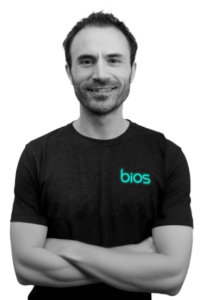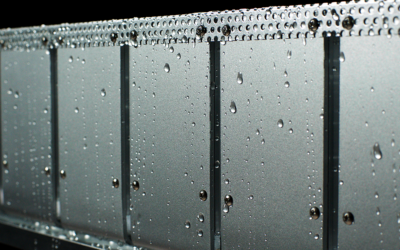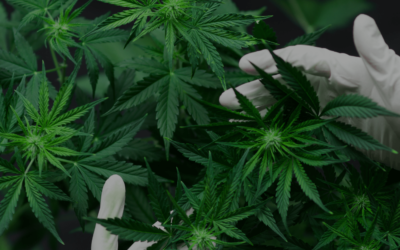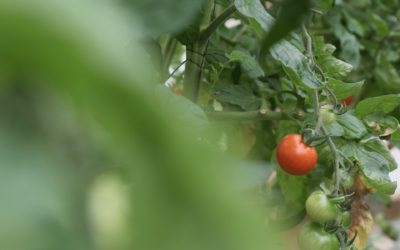In this article we share information that growers can use to determine lighting needs and ROI for different lighting systems.
This article is based on a recent podcast by Tad Hussey, with BIOS Lighting’s Rebecca Knight as the guest.
In the podcast, Rebecca describes solid state technology and how it relates to usable spectrum for plants. She also gets into empirical calculations for LED applications and how to calculate ROI for different lighting systems. Below you will find supplementary information to go along with the conversation.
Tad Hussey of KIS Organics has become an icon in the industry, you can find all of Tad’s podcasts and more on his website: https://www.kisorganics.com/pages/cannabis-cultivation-and-science-podcast-episode-48
As always, don’t hesitate to reach out to BIOS Lighting for questions about LED lighting and for help with your facility!
 A Case for Broad Spectrum
A Case for Broad Spectrum
[20 minutes into podcast]
This chart shows the absorptance spectra of extraction solutions of pigments themselves up to the whole leaf and a comparison of the action spectra of crop plants vs. Ulva (green alga). This image is from the online paper titled: “Biological Action Spectra” by Holly L. Gorton (2010) and contains data sourced from several studies and previous scientific literature: https://photobiology.info/Gorton.html
 Fixture Efficacy
Fixture Efficacy
[28 minutes into podcast]
The fixture efficacy is calculated as the ratio of light (photon) output to electricity in (watts). Light output is known as the PPF (photosynthetic photon flux density) and given in units of µmol/s. Since watts are in units of J/s, the ratio of units cancel out to µmol/J. The efficacy can be used to compare different lighting systems on the basis of energy efficiency.
 PPFD from DLI and Photoperiod
PPFD from DLI and Photoperiod
[34 minutes into podcast]
The PPFD (photosynthesic photon flux density) is a unit describing how many photons “fall” within a square meter per second and given in units of µmol/m2-s. The DLI (daily light integral) is the ideal amount of light a plant requires per day for maximum growth in units of µmol/m2-day. The photoperiod is the number of hours the plant is exposed to light each day. Each of these parameters can be calculated if the other two are known. In the podcast an example was given for known DLI and photoperiod, which is the case when the photoperiod is fixed due to the developmental stage of the crop.
 Return on Investment (ROI)
Return on Investment (ROI)
[42 minutes into podcast]
The ROI between two lighting systems where one costs more upfront but is cheaper to run, is the ratio of the difference in upfront cost to the difference in operation of the systems over time. This ratio determines the time in which the savings from operating the more expensive system equals the extra initial expenditure, and continuing to operate after this point will continue to save money. The comparison should be for systems with identical light output in order to compare “apples-to-apples.” The operational cost differences should include, at a minimum, the difference in electricity consumption of the two systems (including HVAC effects) and the difference in maintenance of the two systems (including labor and materials for replacing bulbs).
BIOS Lighting YouTube
While exploring the podcast community, don’t miss out on the BIOS Lighting channel! You will find customer stories, event recaps, BIOS Lighting presentations, and more. Subscribe to the BIOS Lighting YouTube Channel today!
From the beginning, BIOS Lighting has put their focus into research and building high quality, durable products.










